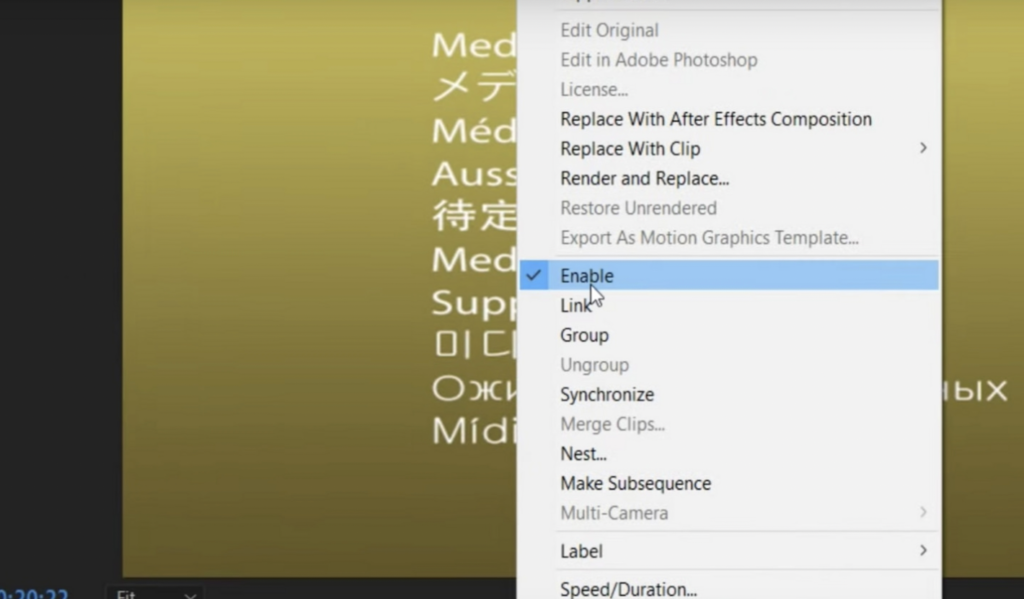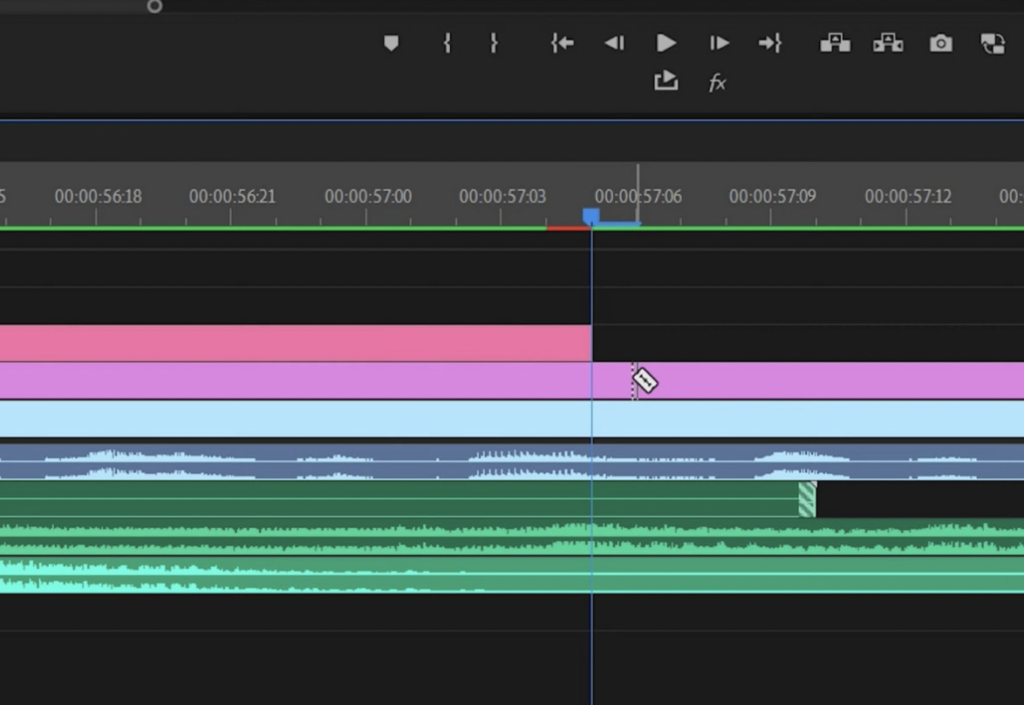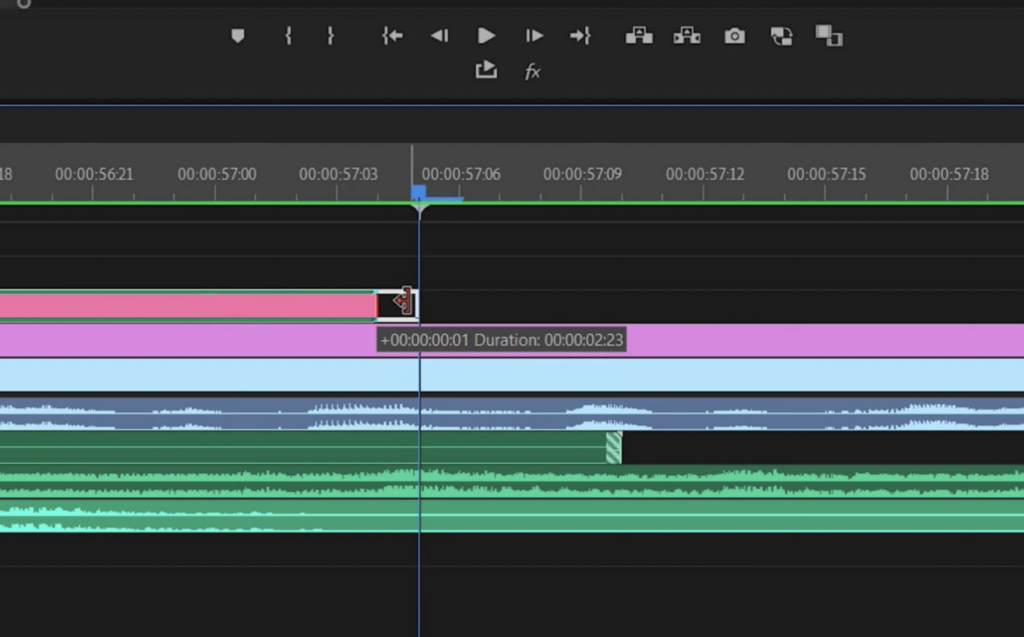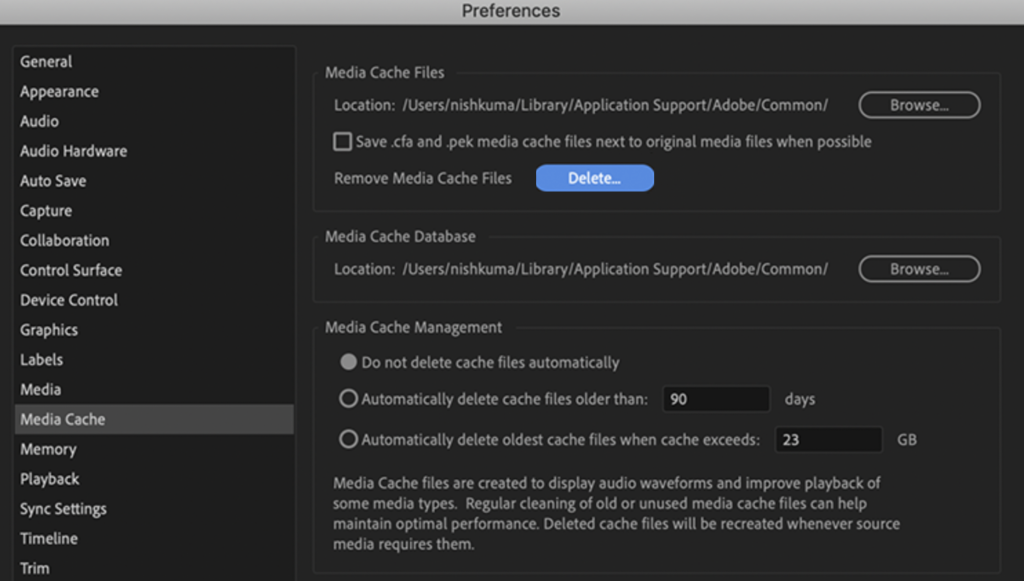Do you see a ‘media pending’ error screen on Adobe Premiere Pro?
Adobe Premiere Pro is one of the best video editing tools for Windows and Mac. It offers various tools that can be helpful for both regular users and professionals. While Adobe Premiere Pro works well on any system, it’s not close to perfect.
With the last couple of Adobe Premiere Pro versions, users have encountered several software issues.
One problem that you might face is the random frame of a ‘media pending’ error screen on your timeline or even after rendering your project. This is really annoying as it takes a while for a video to export only to find out that your final product has a weird error message with various characters.
Based on what we’ve found out, this error on Premiere Pro occurs on render-intensive timelines, especially projects with nested sequences or linked AE compositions.
If you pre-render your timeline to avoid slow playback, you’re the most vulnerable to this error.
Today, we’ve decided to make a guide for fixing the ‘media pending’ error screen on Adobe Premiere Pro.
Let’s begin!
1. Re-Enable the Broken Clip.
This is the most effective solution for fixing the ‘media pending’ error on Adobe Premiere Pro. However, you’ll have to repeat this process multiple times if the error screen occurs on several clips on your project.
Here’s what you need to do:
- First, place the playhead over the clip that shows the ‘media pending’ error.
- After that, select the clip and right-click on it.
- Lastly, uncheck the Enable option to disable the clip. After a few seconds, repeat the same process to re-enable the clip.

Try playing your project afterward to check if the problem is solved.
2. Cut Your Clip.
Another way to fix the ‘media pending’ error on Adobe Premiere Pro is to cut your clip on the part where the error screen shows up. This works for clips with a long duration. Your system may be having a hard time loading the entire clip at once, explaining the ‘media pending’ error.
Here’s what you need to do:
- First, identify where the ‘media pending’ screen starts to appear on your clip.
- After that, place the playhead on that section.
- Lastly, hit CTRL + K / CMD + K on your keyboard to cut the clip.

Try playing your project to check if the ‘media pending’ error is fixed.
3. Adjust Your Clip.
For this solution, you’ll be adjusting your clip by one frame. This should make a very slight adjustment to your timeline, which should fix the ‘media pending’ error screen on Adobe Premiere Pro.
See the steps below to guide you through the process:
- On Adobe Premiere Pro, select the clip that shows the error screen.
- Next, press CTRL + + or CMD + + to zoom in to your timeline.
- Finally, drag the clip by a frame.

Play your project again to check if the problem is solved.
4. Check Your Video File.
Another reason for the ‘media pending’ error screen on Adobe Premiere Pro is if you’re using a corrupted or broken video. If your video is problematic, the software will struggle to load it on your timeline, which causes the ‘media pending’ error.
Before adding a clip to your project, try playing it first on any media player to check if it’s working correctly.
5. Clear Your Cache Files.
If you still encounter the ‘media pending’ error on Premiere Pro, it might be time to clear your media cache. Adobe Premiere Pro could be slowing down due to accumulated cache files on your system.
- On Adobe Premiere Pro, click on File and choose Preferences.
- Now, go to the Media Cache tab.
- Finally, click on Delete under the Media Cache Files tab.

Go back to your project afterward to check if the problem is solved.
That ends our guide for fixing the ‘media pending’ error on Adobe Photoshop. If you have other questions, please let us know in the comment section, and we’ll do our best to respond.
If this guide helped you, please share it. 🙂





